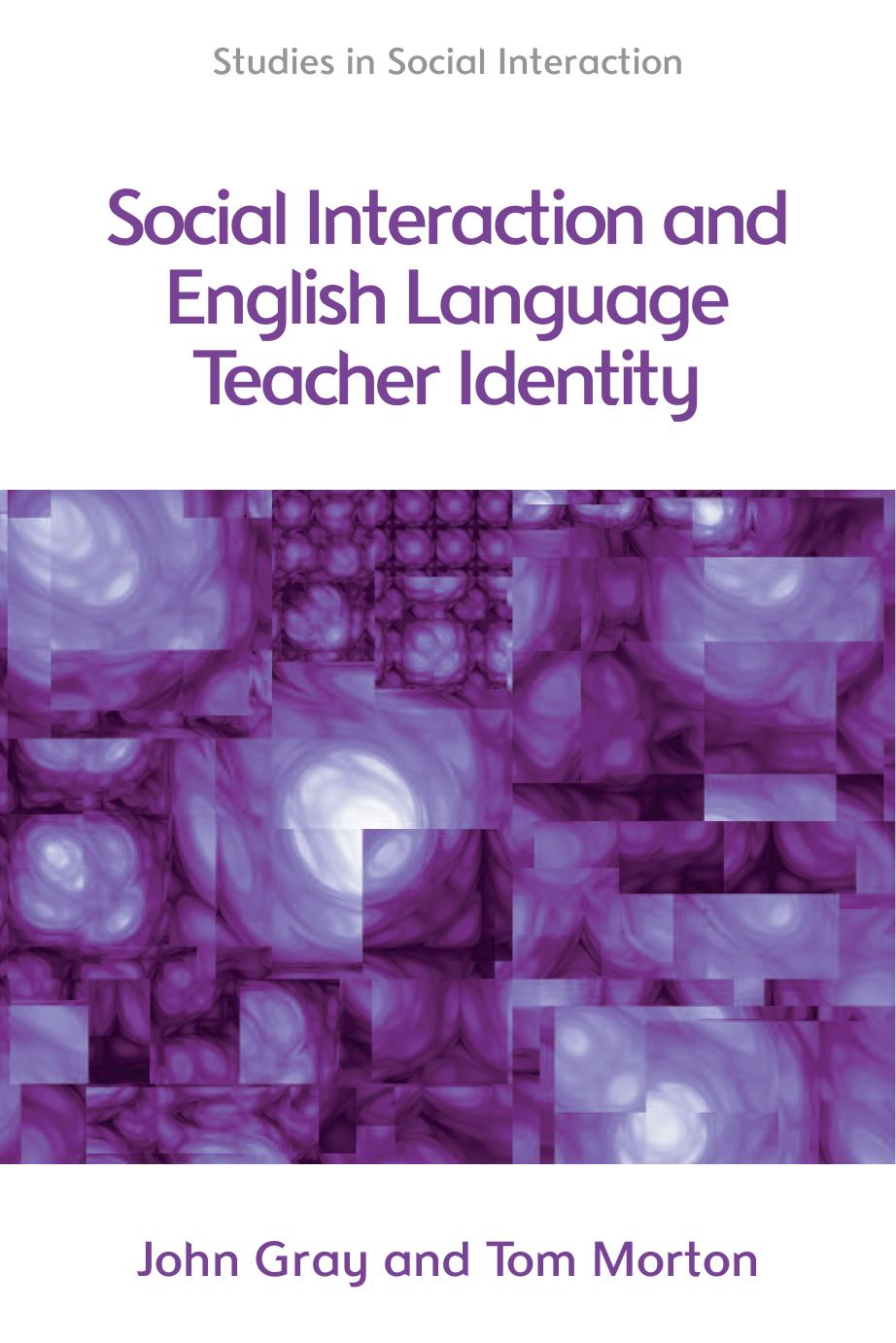Social Interaction and English Language Teacher Identity by Tom Morton John Gray

Author:Tom Morton,John Gray
Language: eng
Format: epub, pdf
Publisher: Edinburgh University Press
CLASS LOCATION AND CLASS POSITION OF TEACHERS
In the light of the above, what â we might ask initially â can be said about the class location of teachers, the majority of whom are employed by the state and tasked, as stated earlier, with the job of producing citizens with the dispositions deemed appropriate for servicing the economy? Although there are few references to teachers in the work of Marx, in his discussion of productive labour he presents the following case:
If we may take an example from outside the sphere of materials production, a school-master is a productive worker when, in addition to belabouring the heads of his pupils, he works himself into the ground to enrich the owner of the school. That the latter has laid out his capital in a teaching factory, instead of a sausage factory, makes no difference to the relation. (Marx 1976 [1867]: 644)
It is clear that Marx is referring here to the school as a privately owned institution. Certainly, many teachers in the non-unionised commercial ELT sector globally today may be said to work in conditions resembling those of the factory, where their main function is to produce profit for their employers (for example, Japanese eikaiwa or Taiwanese bushibans). The requirement for minimal qualifications across the commercial sector, the lack of career structure, the (generally) low wages and non-unionised working conditions, the lack of sick pay and holiday pay in many settings, and the high turnover of young, migrant teachers from English-speaking countries are indicative of the sectorâs basically exploitative nature. Such teachers clearly fulfil a fundamentally proletarian role in the âedu-businessâ economy (Ball 2012), although in some cases their access to other forms of Bourdieusian capital may be said to mitigate the consequences of this. For example, their ability to present and be perceived as speakers of standard British or North American English and the type of qualifications they possess, as well as the extent to which they signal distinction through their dress and other semiotic means, may enable them not only to find employment in better schools, but also to make local social contacts and participate in the social life of the host country in ways not open to the local working class.
What, though, of teachers in the state-school sector who are employed by the state? Here things are less clear. In one of the most thorough explorations of teachers and social class, Harris (1982) argues persuasively that although the state in capitalist democracy functions as the representative of capital, teachers in this sector occupy a particularly liminal location.
Teachers are basically workers: they are salaried labourers contracted to perform specific activities; and in common with the working class they have little occupational independence, little control over the labour process, and no access to the means of production. They are, however, unproductive labourers, outside of the valorisation process, and they do not directly produce surplus value. They belong to that stratum of unproductive labour which is employed by the State to maintain the overall
Download
Social Interaction and English Language Teacher Identity by Tom Morton John Gray.pdf
This site does not store any files on its server. We only index and link to content provided by other sites. Please contact the content providers to delete copyright contents if any and email us, we'll remove relevant links or contents immediately.
| Anthropology | Archaeology |
| Philosophy | Politics & Government |
| Social Sciences | Sociology |
| Women's Studies |
Cecilia; Or, Memoirs of an Heiress — Volume 1 by Fanny Burney(31333)
Cecilia; Or, Memoirs of an Heiress — Volume 3 by Fanny Burney(30934)
Cecilia; Or, Memoirs of an Heiress — Volume 2 by Fanny Burney(30889)
The Great Music City by Andrea Baker(21313)
We're Going to Need More Wine by Gabrielle Union(18073)
Bombshells: Glamour Girls of a Lifetime by Sullivan Steve(13108)
Pimp by Iceberg Slim(12931)
All the Missing Girls by Megan Miranda(12748)
Fifty Shades Freed by E L James(12451)
Norse Mythology by Gaiman Neil(11883)
Talking to Strangers by Malcolm Gladwell(11877)
Crazy Rich Asians by Kevin Kwan(8349)
Mindhunter: Inside the FBI's Elite Serial Crime Unit by John E. Douglas & Mark Olshaker(7834)
The Lost Art of Listening by Michael P. Nichols(6474)
Enlightenment Now: The Case for Reason, Science, Humanism, and Progress by Steven Pinker(6405)
Bad Blood by John Carreyrou(5769)
The Four Agreements by Don Miguel Ruiz(5511)
Weapons of Math Destruction by Cathy O'Neil(5037)
We Need to Talk by Celeste Headlee(4869)
